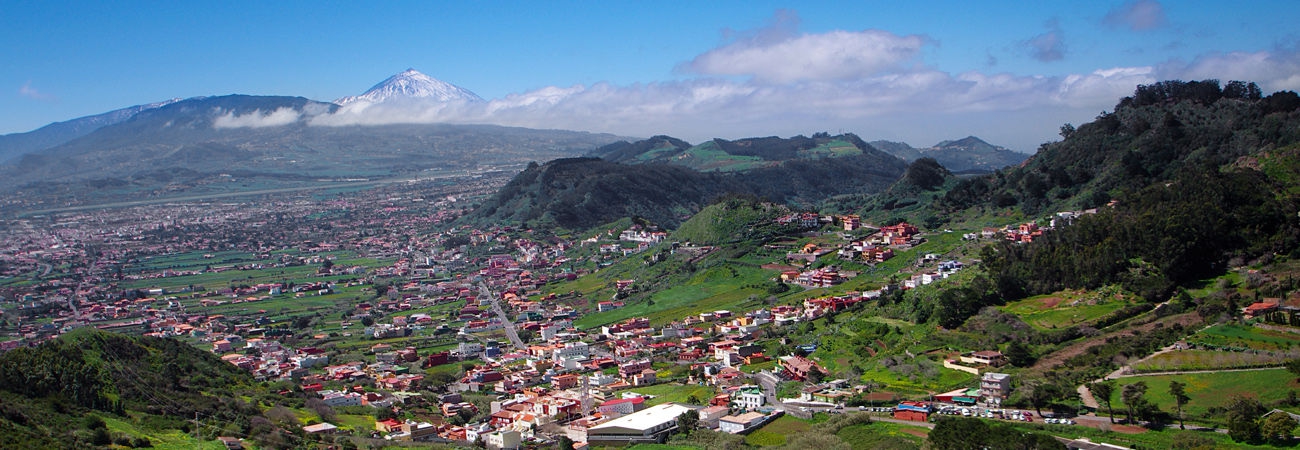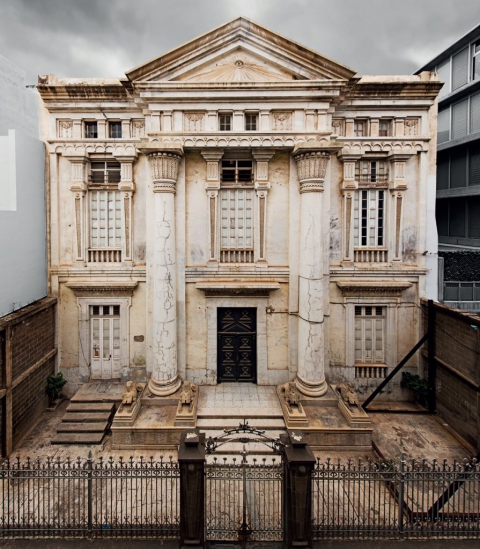The Añaza Masonic Temple (Santa Cruz)
The Añaza Masonic Lodge in Santa Cruz de Tenerife was, from many aspects, the most important masonic workshop to be erected on the Canary Islands during the entire history of freemasonry on the Islands.
These are some of the main historical events:
It was the longest enduring lodge from a historical and chronological point of view, as it was erected as such on 8 August 1895, and it survived until 18 July 1936.
The freemasons who founded Añaza mainly originated from the old lodges in Tenerife in the 1870s and 1880s, and they were organised under the obedience of the Grand Orient of Iberia, with which they were associated until 1903.
The lodge was legalised in 1904, in accordance with the Association Law, as a philanthropic, educational and recreational organisation.
They founded a secular school which survived until the workshop disappeared and they offered free night classes to the less affluent social groups. This centre ("Añaza School") was opened on 27 January 1909, in the same building as the lodge.
It was a decisive factor in the reorganisation and consolidation of freemasonry in the Canary Islands.
It also contributed to disseminating culture and, in particular, progressive ideas in the society of Tenerife and the Canary Islands at the time. Its memory is therefore the heritage of all of the people of Tenerife and the Canary Islands.
Work for the construction of a private Masonic Temple:
On 29 May 1899 a commission of freemasons (comprising Emilio de la Rosa, José Arado Canal, José Ruiz, Miguel Rodríguez and Francisco Delgado), presented a report to the lodge with the purpose of taking steps to purchase a plot of land and build a private masonic temple. The following information, contained in the report, is of interest:
The "appropriate" plot of land was found in San Lucas street and it was owned by Mr Manuel Mora. It was 18.4 metres long and 30 metres wide, "a surface of 552 square metres", with a considerable price (at the time) of 2,208 pesetas, 4 pesetas per square metre.
The first plan or sketch of the building only included the construction of the essential elements, as the lodge's members could not build it all at once due to its high cost. This plan included the following parts: "Lobby, parvis (room before the actual temple), secretary's office, temple (assembly hall in layman's terms), dining hall and other service rooms".
The plans, which are signed by the architect Manuel de Cámara, were conserved in the lodge's archives, which were transferred to Salamanca due to the civil war.
On 24 September 1904, the Masonic Temple was opened and consecrated, although certain aspects were still not finished, related to the cladding, decoration, etc.
At the end of the 1920s work was still being carried out on the interior decoration.
The Añaza masonic temple is the biggest masonic temple in Spain and was specifically constructed as a masonic temple.








